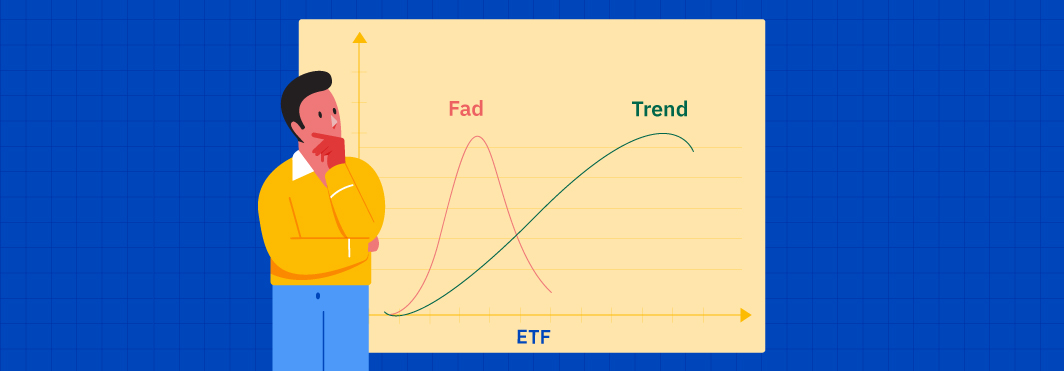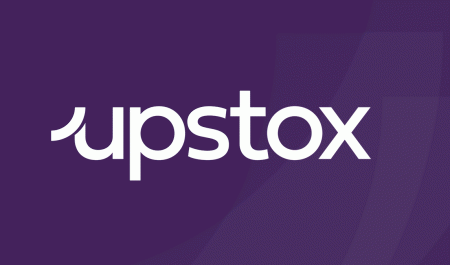For a very long time, passive investing has been the default choice for small- and medium-sized investors to participate in the markets, globally. It had a lot of advantages like low costs, no fund-manager bias, and more predictability. One of the most popular tools of passive investing globally are Exchange Traded Funds (ETFs). ETFs are linked to an underlying index like Nifty/Sensex or to commodities like gold. They just track the movements in the underlying markets and are traded on stock exchanges. This makes investment simple for investors since they can just buy and sell ETFs with their existing trading account and/or hold them in their demat account.
India is catching on the passive investing shift
India remained an active investor’s paradise for a long time. Scores of mid-caps were under-researched and even quality large-caps outperformed due to the scarcity factor. That is why passive took a long time to take off in India. However, things are changing and there are two reasons for this:
First – as the Sensex approaches 40,000, the valuations are well above the historical averages. This is making stock selection increasingly difficult.
Second – the recent mutual-fund reclassification announced by SEBI has come as a boost for passive investing. The large-cap funds will have to allocate 80% of their corpus to only large-caps in the top 100. So, outperformance and differentiation becomes increasingly difficult. A simpler option is to convert into an index fund and ensure better returns for fund holders through lower costs.
Is the shift to passive really happening in India?
Yes! Between 2014 and 2019, the total assets managed by index funds and ETFs put together grew from Rs.1635 crore to Rs.114,928 crore... even as the market share of passive funds moved up from 0.95% to 14.46% in the five-year period. One can argue that at $16 billion, Indian passive investing corpus is too small, but then a shift has been made.
Since the global economic crisis and central banks focusing its attention on monetary convergence, asset classes have performed more in line with macros. Investors found it more cost-effective to opt for passive strategies like ETFs and index funds, than to opt for active strategies. Consider these numbers: while active strategies dominate global AUM at 77.6%, the share of passive AUM has moved up from 19.5% to 22.4% in the last 5 years. While active assets are growing at around 17% per annum, passive assets have grown by 25%, annually. With alpha getting increasingly tighter, the shift to passive appears to be here to stay.
So, who should invest in ETFs?
ETFs are a great proxy for passive investing. Here are five points to take note of:
- Index ETFs can be a good method of on-boarding first-time equity investors
- Gold ETFs are useful as an allocation to precious metals as a portfolio hedge
- For institutional investors, ETFs are useful to reduce equity risk and fund costs
- International ETFs can be useful in participating in global asset classes
ETFs may not give you high returns, always, but at least assures market returns. It compensates for the same with extremely low costs. In a difficult market, hence, ETFs can be an extremely good choice of investment. And thanks to our partnership with Tavaga, investing in ETFs has become very easy.
Tavaga is a robo-advisory platform that helps you choose the right ETFs to invest in. The choice is based on your goals (this can vary from buying a car to an exotic vacation and the likes) and risk profile. Since the selection is totally algorithm-based, it is unbiased. To buy the ETFs, you can choose Upstox. We are the fast-growing discount-broking platform and have been the choice of more than 2.5 lakh Indians who chose to invest in the market. We help you execute your choices with just a few clicks. Also, in the future, if you want to venture into the stock market, our low-to-no brokerage plans are the perfect choice for you. Both platforms offer you the choice of investing from the web and mobile platform.



